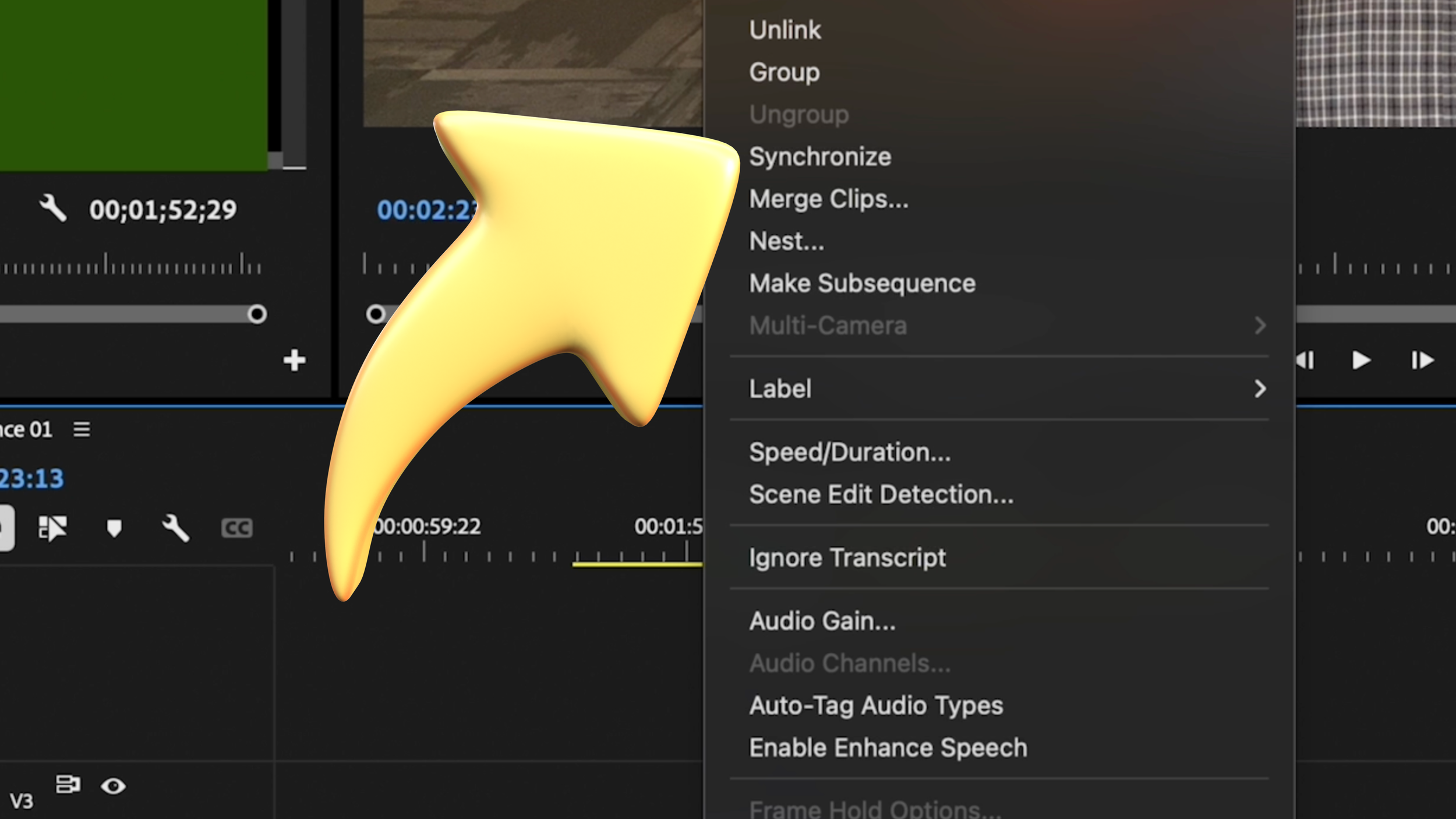Say My Name: The Importance of Knowing Your Students
Names matter, I firmly believe that. As a teacher of video and film, I naturally think of movies where character names form a crucial part of the plot. Take Keyser Söze, for instance. Who is he? An entire movie revolves around his name, making it as important as the character himself. (The Usual Suspects, 1995)
My all-time favorite TV show, Breaking Bad, has numerous outstanding moments, but one scene that comes to mind is the "Say My Name" scene, where the main character asserts his power merely through his name.
Or take The Princess Bride, my favorite movie, where the unforgettable moment happens when Mandy Patinkin, looking into the eyes of the man he's pursued for years, repeats, “My name is Inigo Montoya. You killed my father. Prepare to die.”
Names have power.
If names hold power for fictional characters, the power they hold for real people must be even more significant.
Saying and knowing someone's name forges a bond and creates a connection with that person. It has undeniable power.
This summer, I traveled up the Eastern Coast from Georgia to Maine. At one of my stops, while checking in at the place where I was staying, I interacted with two women at the counter, neither of whom seemed to be having a great day. I took note of their names early on, and as I was leaving, instead of a general, broad "Thank you," I said, “Thank you, Amy.” The instant brightness in her face told me that hearing her name made a difference to Amy.
But I must confess, maintaining this ever-expanding database of names in my head is becoming challenging. After seventeen years in the classroom, I pride myself on remembering most student names, but some inevitably slip away over time. Fortunately, that wasn't the case last year.
A student who was in my class during her freshman year returned during her senior year, needing a place to be during one of her empty blocks. She seemed less than thrilled to be back (it happens), but when she approached me, I greeted her by name, “Hey, Indya!” Astonished, she asked, “You remember my name?”
Her name mattered to her, and remembering it made a big difference. For the rest of the year, she attended class with a newfound enthusiasm, a complete turnaround from her first year. That year, she even became a semifinalist in a national competition after submitting a video to a contest. Throughout the year, I made sure to call her by name intentionally, to let her know that I recognized her.
Writing a post like this may seem unnecessary, but we all need reminders from time to time. Perhaps I'm writing this as much for myself as for anyone else. We all get busy. As video and film teachers, we're always juggling tasks and responsibilities. Not a single day in the past fifteen years was dedicated solely to "teaching video." Most days involve being an executive producer, a broadcast engineer, an assignment editor, an actual video editor, a graphic designer, an entrepreneur, a motivational speaker, a therapist, a mediator, and much more. I'm often expected to teach content while doing all these things. It's a lot, and unfortunately, the personal relationships of teaching sometimes pay the price of my busyness.
That's why I'm challenging myself this year to understand my students better, to learn who they are, what makes them tick, and most importantly, to know their names.
Having emphasized the importance of knowing their names, let me share how I go about learning them.
I use something called The Animal Name Game, a method that incorporates Dale Carnegie's principles of IRA (Impression, Repetition, and Association). Here's how it works:
In the Animal Name Game, you establish a repeatable order, like having the class sit in a circle or simply moving up and down the rows of desks.
The first person stands and pairs their name with an animal that begins with the same sound. For instance, I could be “Josh the jellyfish.” The next person introduces themselves and the person before them, for example, “Hi, I am Zorae the zebra, and this is Josh the jellyfish.” The game continues in this manner, with each person introducing those who preceded them. The teacher goes last, turning it into a fun challenge.
Impression comes from observing the student as they speak - their posture, eye contact, volume. You can glean a lot about their personality, which can guide how to best utilize them in your video program.
Repetition reinforces these names as each person repeats the names of those who went before them.
Association helps you remember the student's name by associating it with an animal. But be cautious. There may be times when you can only remember their animal name. When that happens, strive to remember their real name - it's important.
The teacher should always go last. Be vulnerable. Be willing to get some names wrong. Be willing to laugh and learn. If you mess up, apologize, ask them to repeat their name. You don't need to score a hundred on this test on the first day, but making an effort sets the tone for your classroom. Make it a safe place to fail, and you'll see tremendous growth.
Now, let's circle back to my travels and my love of television. On one of my stops along the eastern coast, I visited Boston and the bar that inspired the show Cheers. I think our classrooms could benefit from resembling Sam Malone’s space a bit more, because, well:
Sometimes you wanna go
Where everybody knows your name
And they're always glad you came
You wanna be where you can see (ah-ah)
Our troubles are all the same (ah-ah)
You wanna be where everybody knows your name
You have the opportunity to create this environment in your classroom, but make sure it starts on day one.
And remember, if you don’t know your students’ names, how can you expect them to, in the words of the illustrious poet, Birdman, “Put some respeck on my your name.”
We're going to have a great year. Enjoy.
Meet the Author, Josh Dempsey
Josh Dempsey is a video and film teacher at Marietta High School in Marietta, Georgia. With nearly 20 years of experience in the classroom, Josh is just as excited as his students to keep learning about the power and possibilities of this visual medium. He invites you to follow his students and their work online by following them on social media @bdn_marietta.
Josh loves traveling with his wife, Megan, and their two kids, and more pets than should be allowed. If you want to follow their adventure and get some tips and tricks for RV travel and epic road trips, head over to their website at eastrollswest.com.









Got shaky footage? No problem! In this quick tutorial, learn how to use Warp Stabilizer in Adobe Premiere Pro to smooth out your shots effortlessly.